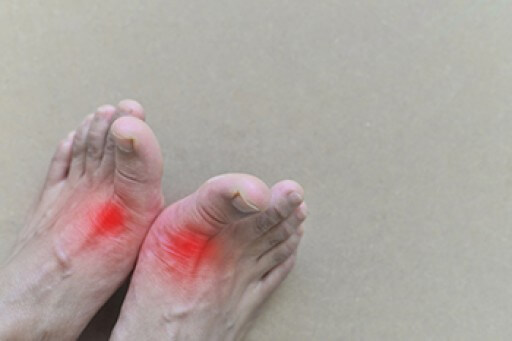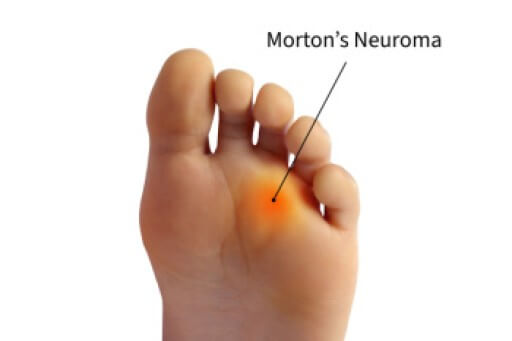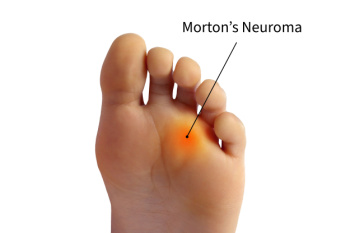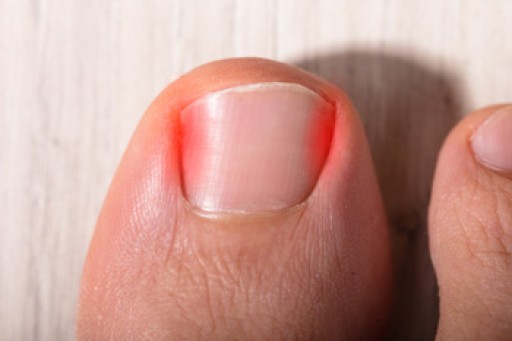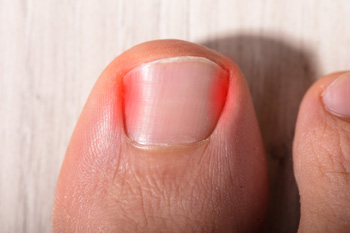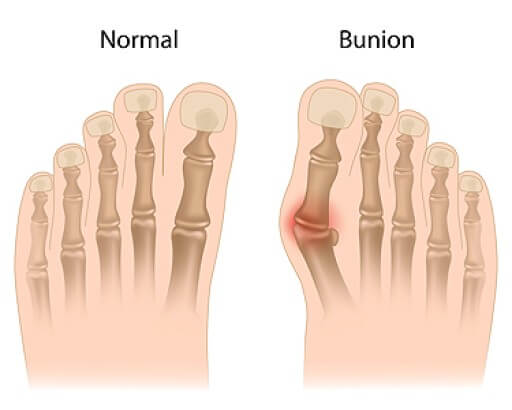
Gout is a form of arthritis that causes sudden, severe pain, redness, and swelling in the joints, often in the big toe. It occurs when uric acid builds up in the blood and forms crystals in the joints, triggering an inflammatory response. Symptoms typically include intense, throbbing pain, especially at night, and the joint may become hot and tender to the touch. The main cause of gout is high levels of uric acid due to a high purine diet, rich in red meat. Other causes are alcohol, and sugary foods, dehydration, or genetics. Over time, untreated gout can lead to the formation of nodules, or tophi, which are hard, painless lumps that develop around the joints, often in the toes, fingers, or elbows. A podiatrist can help by diagnosing gout through blood tests and joint fluid analysis. Treatment may include medications to reduce pain and inflammation, dietary changes, and lifestyle modifications to manage uric acid levels. If you have symptoms of gout, it is suggested that you schedule an appointment with a podiatrist.
Gout is a foot condition that requires certain treatment and care. If you are seeking treatment, contact Scott Samera, DPM from Samera / Foot + Ankle. Our doctor will treat your foot and ankle needs.
What Is Gout?
Gout is a type of arthritis caused by a buildup of uric acid in the bloodstream. It often develops in the foot, especially the big toe area, although it can manifest in other parts of the body as well. Gout can make walking and standing very painful and is especially common in diabetics and the obese.
People typically get gout because of a poor diet. Genetic predisposition is also a factor. The children of parents who have had gout frequently have a chance of developing it themselves.
Gout can easily be identified by redness and inflammation of the big toe and the surrounding areas of the foot. Other symptoms include extreme fatigue, joint pain, and running high fevers. Sometimes corticosteroid drugs can be prescribed to treat gout, but the best way to combat this disease is to get more exercise and eat a better diet.
If you have any questions please feel free to contact our office located in Lake City and Branford, FL . We offer the newest diagnostic and treatment technologies for all your foot and ankle needs.
